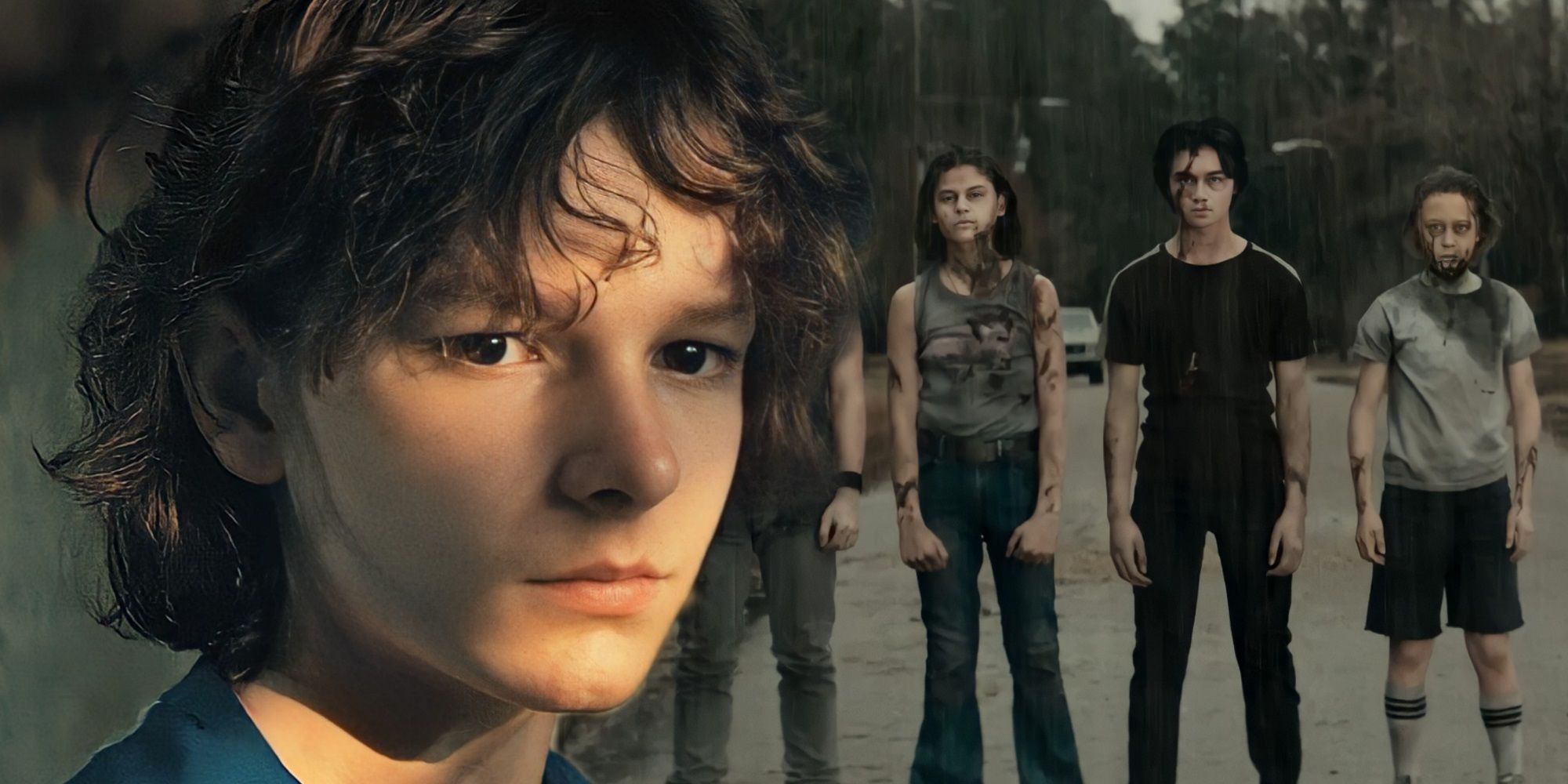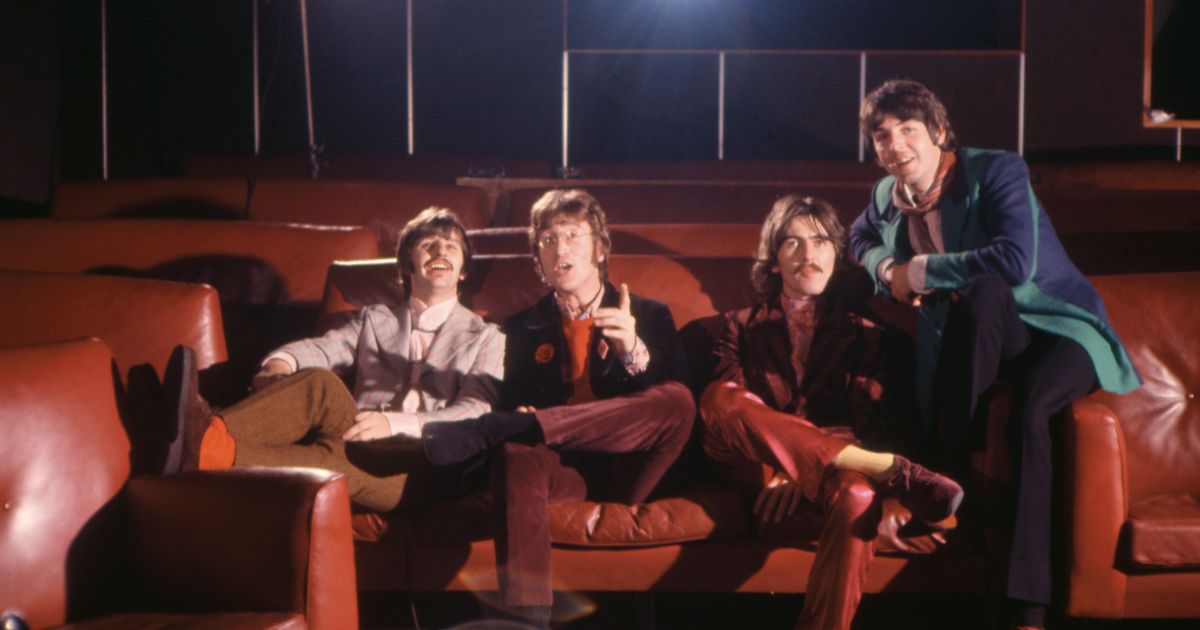
The Black Phone's Opening Scenes Secretly Spoiled The Ending
Warning! SPOILERS for The Black Phone.
The Black Phone‘s climactic ending connects all dots and leaves no stones unturned, but it was secretly spoiled in the film’s opening scenes. Instead of harping on Sinister‘s success and using a similar formula, The Black Phone learns from Sinister‘s mistakes by holding back the specifics of its paranormal elements. Instead, the film gradually raises its overarching tension by revealing only bits and pieces of information surrounding its primary characters and their supernatural underpinnings.
Adapting Joe Hill’s eponymous short story, The Black Phone stars Ethan Hawke as a serial killer named The Grabber, who has abducted many young boys in the past. His new victim turns out to be 13-year-old Finney, who initially struggles to stand up for himself. However, when The Grabber abducts him and shuts him in his basement, Finney is left with no choice but to learn to be strong and find a way to escape before The Grabber kills him. To Finney’s surprise, the killer’s previous victims help him find that strength by guiding him through a broken black phone, while his sister, Gwen, tries to find him through her supernatural dreams.
The Black Phone doesn’t answer all its mystery, but it does draw enough parallels between its opening and closing scenes to build a satisfying slam-bang conclusion. The film kicks off on a positive note where Finney almost strikes out a star baseball player named Bruce. Bruce, too, appreciates Finney’s pitching skills by saying that his “arm is mint.” Moments later, Bruce gets abducted by The Grabber. In the scenes that follow, Finney’s close friend Robin rescues him from a bunch of bullies and tells him that “one of these days he’ll have to stand up for himself.” Right after, Robin, too, becomes one of the killer’s victims. Although these two opening scenes seem rather trivial in the beginning, they set up a solid foundation for The Black Phone‘s overarching premise and later come in tandem with the film’s climax.

Long before The Black Phone‘s riveting ending, Bruce and Robin play a significant role in empowering Finney by reminding him of his physical prowess. While Bruce keeps telling him that his “arm is mint” when he talks to him on the black phone, Robin builds his confidence by teaching him how to pack an effective punch and emphasizing that he needs to “stand up for himself” this time. In the end, emboldened by the emblematic spirit of the previous victims, Finney meticulously uses all of their escape plans and sequentially aligns them in such a way that he gains the upper hand over The Grabber.
When he finally learns to “stand up for himself” and uses his “mint arm” to strangle The Grabber to death, Bruce and Robin’s initial story arcs make a lot more sense. The film’s opening and closing scenes come in full circle when both Finney and The Grabber hear the black phone ringing for the last time. Before snapping The Grabber’s neck with the phone’s cord, Finney places it on The Grabber’s ear and allows Bruce and Robin — and the other kids — to take one final dig at the killer by repeating their credos.
More than a tale of revenge, The Black Phone serves as a philosophical rendering of hope and its role in communities. By showing how a group of young boys ward off an overpowered evil force, the film highlights that a community’s strength lies in unity. It’s these relatable elements that ground The Black Phone‘s storyline in reality despite its fictional supernatural elements.










































































